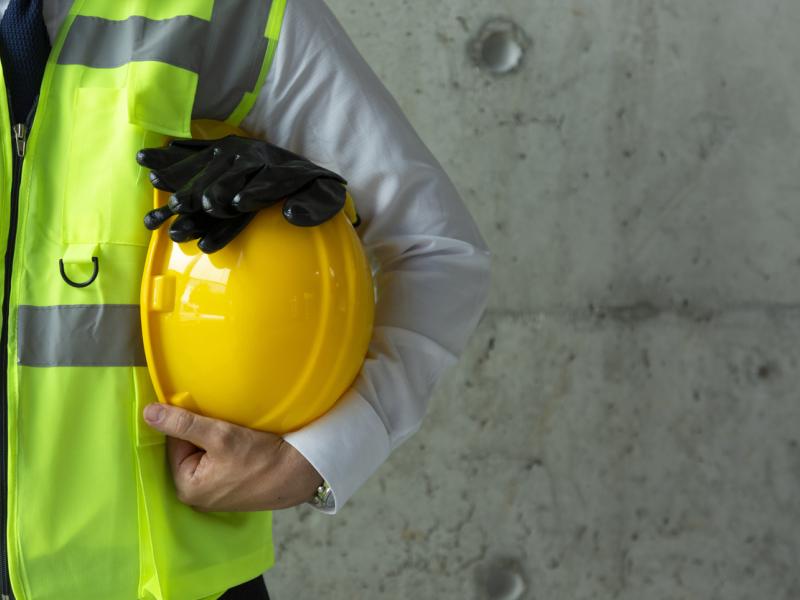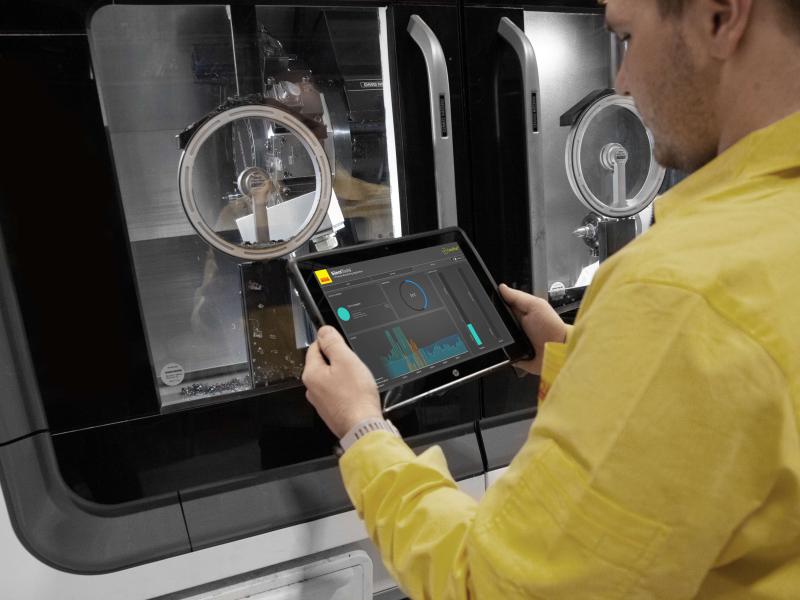By Craig Carlyle
WorkSafe NZ must be credited with stepping up to the plate with its new (and still developing) website and inspection regime.
The first round of ‘pilot’ inspections across Auckland, New Plymouth and Tauranga have been completed and the results published. From 62 inspections, WorkSafe NZ issued 90 improvement notices, 19 prohibition notices and five written warnings.
Metal manufacturing made up 37 per cent of the visits and 45 per cent of the notices. Yet food and beverage, and woodworking sectors were cut from a relatively similar cloth. While MESNZ advocates more carrot and less stick, it must be said that these results indicate an endemic level of complacency or lack of knowledge.
Worksafe NZ reported an initial hurdle of “brand”, businesses confused about who Worksafe NZ is. The problem cuts deeper than this though; MESNZ has collated reports from a number of sources of at least one private health and safety company playing on its brand name to further confuse business owners and get a foot in the door.
Business owners be warned, WorkSafe NZ is the only brand that officially represents health and safety for the government.
Meanwhile the inspection results are clear; machine guarding in the metal sector is the most common hazard, followed by “other hazards” and then noise. Inspectors found a mix of good and bad sites, but generally found larger companies more aware of their responsibilities.
Inspectors reported businesses are “thirsty for knowledge” and don’t have an issue with making improvements.
MESNZ believes the government has made a good fist of its efforts in the best manner that you could expect from bureaucracy.
Where there is a problem, is the gap between Worksafe NZ and business, a vacuum filled by ‘health and safety consultants’. While the government has put the solutions into the public domain, making sense of it is still daunting and confusing to the uninitiated.
Such businesses need confidence and simplicity if they are to embed health and safety management into their other business management. The challenge is for the health and safety consulting group is to step up and change its delivery.
One thing for sure, the scaremongering and overcomplicated approach employed in the previous 20 years failed everybody – except the consultants.
Safe systems of work allow the business to guard for the obvious and predictable, but come up with a safe and repeatable process for the extreme situations or the man-machine interface.
What they then need to become expert in is their safety processes, no different to manufacturing sites coping with hot work permits, lock out procedures, etc.





